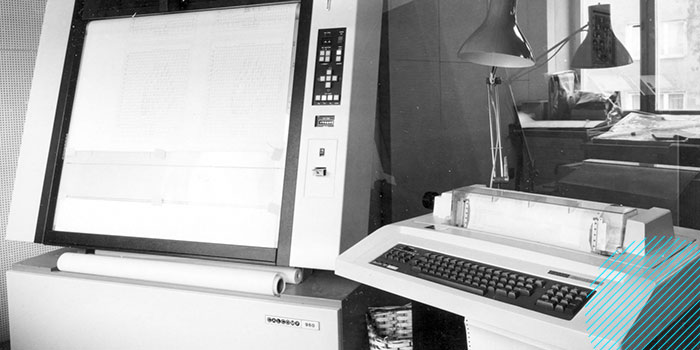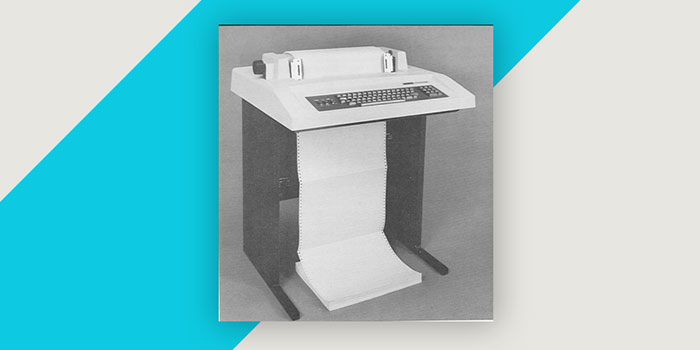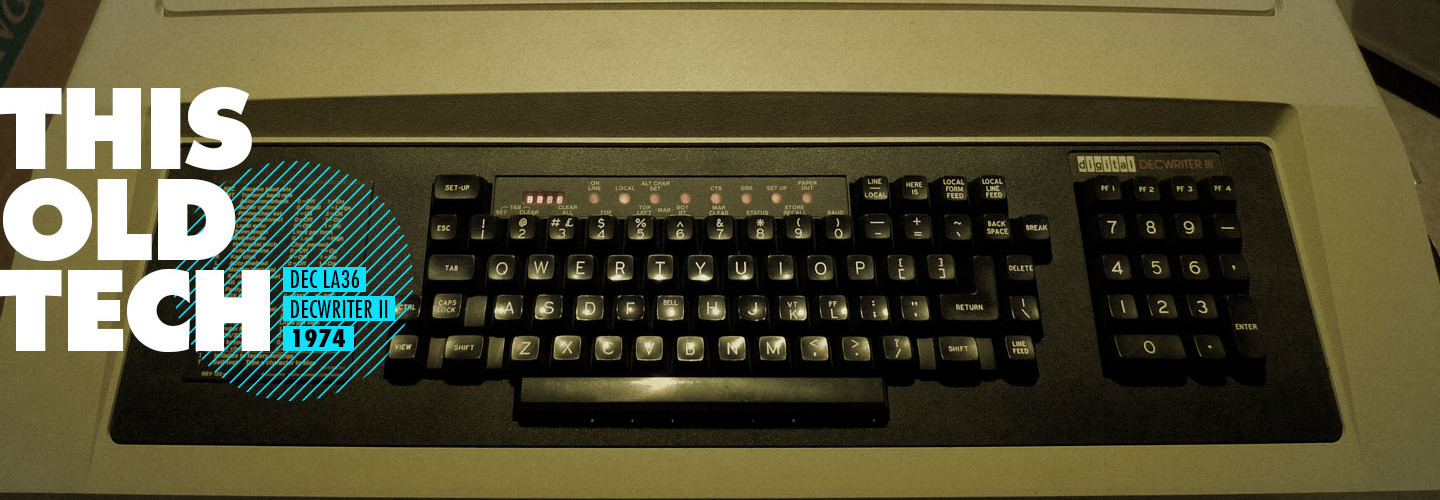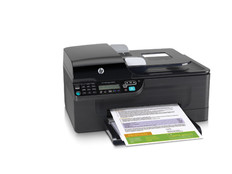The DEC LA36 Dot Matrix Printer Made Business Printing Faster and More Efficient
Given that so many documents can now be stored in the cloud, downloaded and signed digitally, office workers don’t print paper nearly as much as they used to. But before the internet, email and cloud services, paper was king. Paper was used for everything —letters, proposals, spreadsheets and more.
Printing technology evolved in the early and middle decades of the 20th century with the introduction of the teletypewriter, which eventually evolved into dot matrix printers. Dot matrix printers use a print head that moves horizontally or vertically on the page and prints by striking an ink-soaked cloth ribbon against the paper, just like a typewriter. Yet letters are drawn out of a dot matrix, allowing users to print in a variety of fonts and produce graphics.
Additionally, dot matrix printers allowed for faster printing. Many of the early dot matrix printers were serial dot matrix printers, which use a horizontally moving print head and could print at least 30 characters per second.
Although Japan’s OKI introduced the first serial dot matrix printer in 1968, others soon followed, including the Digital Equipment Corporation, which debuted the DECwriter LA30 in 1970. A few years later though, DEC achieved far greater commercial success with a follow-up model, the LA36.
WHAT Is the DEC LA36?

Courtesy Kozan / Wikimedia Commons
The LA36 DECwriter II, DEC’s first commercially successful keyboard terminal, became the “de facto market standard,” according to the Cambridge Centre for Computing History (CCH). The LA36 used solid-state logic and an electronic keyboard, and the only mechanical components in it were the 9-pin print head, the print head motion mechanism, and the paper line-feed hardware.
The printer could use the dot-matrix technique to print 132 columns of text across standard 14-inch computer forms. Both upper- and lower- case characters were handled in the standard unit, while optional character sets were available via a switch on the keyboard, according to CCH. The LA36 was capable of printing 30 characters per second using a communications rate of 300 bps. Incoming data was buffered so characters were not lost during a carriage return operation.
Following a carriage return, the LA36 was capable of printing at a catch-up speed of 60 characters per second for short periods.
At the time, the LA36 became the standard by which other printers were measured, and it was widely used in offices and schools.
WHEN Was the DEC LA36 Introduced?
DEC brought the LA36 to market in 1974, as Columbia University Computing History notes. According to former DEC employee Michael Sonduck, as quoted in Edgar Schien’s book DEC Is Dead, Long Live DEC: The Lasting Legacy of Digital Equipment Corporation, DEC had about 50,000 LA36 printers on the market by the end of 1977.
Schien notes that, since the early 1960s, DEC had been expanding its presence into “just about every significant peripheral device and layered software (software that sits above the operating system level) arena that existed,” and, in some cases, became the market leader in those segments. Those included video terminals, office software and hardware terminals like the LA36, which Schien says was “extremely popular.”
WHY Did the DEC LA36 Die Off?

Kenneth Martin / Flickr
The LA36, although a standard-setter in its day, was replaced by other dot matrix printers that could print more characters per second and had more features.
Eventually, by the late 1970s and early 1980s, the entire dot matrix printer segment was overtaken in office settings by inkjet printers, as businesses embraced printers that were quieter, faster and could nearly replicate the quality of laser printers, from companies such as Canon, Epson and HP. Indeed, laser printers also became more popular in the mid-1980s, largely relegating dot matrix printers to cash registers, point-of-sale terminals and ATMs.

In 1978, four years after its debut, the LA36 was still being sold for $1,600 per unit, which would equate to $5,980.55 in today’s dollars, according to the Inflation Calculator.
"This Old Tech" is an ongoing series about technologies of the past that had an impact. Have an idea for a technology we should feature? Please let us know in the comments!








